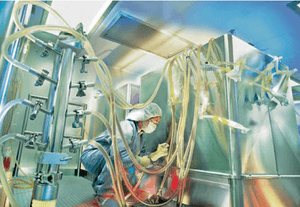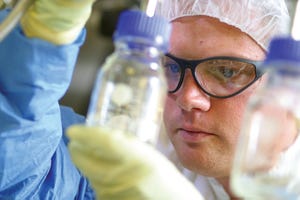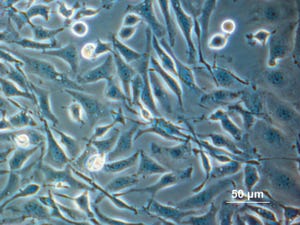June 2020 Featured Report
An old engineering adage says that in any technical project, you can get speed and/or quality and/or cost-efficiency — but you never get to have all three. The idea is that emphasizing any one of those parameters necessarily deemphasizes one or both of the others. For most of the biopharmaceutical industry’s early years, companies operated on that assumption. Many organizations saw speed as the weakest link that could be more or less ignored; others had money to burn. The smartest companies always have considered quality simply to be the cost of doing business when customer lives are at stake. Only bad actors put money ahead of all else.
The 21st century has changed that old rule of thumb. Modern technology and business strategies consider all three criteria equally. Time is money, after all, and quality failures compromise both. Making high-quality products is a “given” because nothing else will pass regulatory approval. But now managers ask how to achieve that level of success in the shortest possible t...
Factor VIII production at Bayer’s facility in Berkeley, CA (
www.bayer.com
)
With 20 years of experience in the biopharmaceutical industry — at Genentech, Applied Biosystems, Cell Genesys, Cellerant Therapeutics, and Bayer — Yuval Shimoni has written frequently for BioProcess International on a number of production topics. Those have ranged from process improvements and bioreactor scale-down validation, to raw materials management, to addressing variability and virus contamination events. For this featured report, we discussed hardware and instrumentation, quality by design (QbD) and related approaches, and other strategies that can take expediting upstream process development beyond just cell-line development.
Single-Use Technologies
Disposables enable continuous/perfusion culture, among other things. How do they contribute to a strategy of speed to the investigational new drug (IND) application?
The two distinct production platforms most commonly used in the biopharmaceutical industry are fed-batch and...
www.sartorius.com
After over a quarter century in the industry — including downstream processing (DSP) and manufacturing directorships at Boehringer Ingelheim and leadership roles in technology development, quality, and manufacturing at Novasep — European consultant Margit Holzer is a recognized expert in downstream processing of biopharmaceutical products. Holding a doctorate in biotechnology from the University of Natural Resources and Applied Life Sciences in Austria, Holzer is familiar to BPI readers as both an author and conference participant (
1
,
2
). And in May she taught her first BPI Academy course on bioprocess characterization, qualification, and validation. Here we discuss membrane adsorbers, high-throughput screening, modeling and analytics, and monoclonal antibodies (MAbs) as vanguard products for advancing tools and technologies.
Single-Use Systems
How can single-use technologies such as membrane adsorbers contribute to a speed-to-IND strategy?
Single-use materials have been used for ea...
Process sampling at Sanofi Genzyme
(www.sanofi.com)
As head of bioanalytics at Sanofi, Claire Davies leads a team of >90 people involved in development, qualification, and transfer of methods to internal and external commercial quality control units; characterization, comparability, and developability of proteins and gene therapies; and analytical support for up- and downstream development, production, product release, and stability testing. She has served in a number of roles over 18 years with Sanofi, from chemistry, manufacturing, and controls (CMC) leadership of preclinical to commercial products (leading and coordinating multidepartmental teams and mentoring analytical subteam leaders) to writing regulatory submissions and participating in regulatory inspections. She holds a bachelor of science in biochemistry from the University of Surrey in the United Kingdom and a PhD from the University of London, and her postdoctoral work was at St. Bart’s and the Royal London Medical College and Harvard Medical...
Phase-contrast microscopy image of Chinese hamster ovary (CHO) cells (https://en.wikipedia.org)
In April 2020, Samsung Biologics hosted a webinar with John Gill, the company’s director of cell-line development (CLD). He focused first on chemistry, manufacturing, and controls (CMC) activities needed for preparing an investigational new drug (IND) application. Then he introduced a fast timeline for managing CLD programs to accelerate client projects to success.
CMC Activities
Samsung Biologics is a fully integrated contract development and manufacturing organization (CDMO). Starting with a client’s gene of interest (GoI), Gill’s group tailors CLD to the product quality attributes (PQAs). Research cell banks are transitioned to a master cell bank for characterization and release in parallel with upstream, downstream, formulation, and analytical method development. The resulting process makes materials for toxicology and stability testing of both drug substance (DS) and drug product (DP). Current good manufac...










